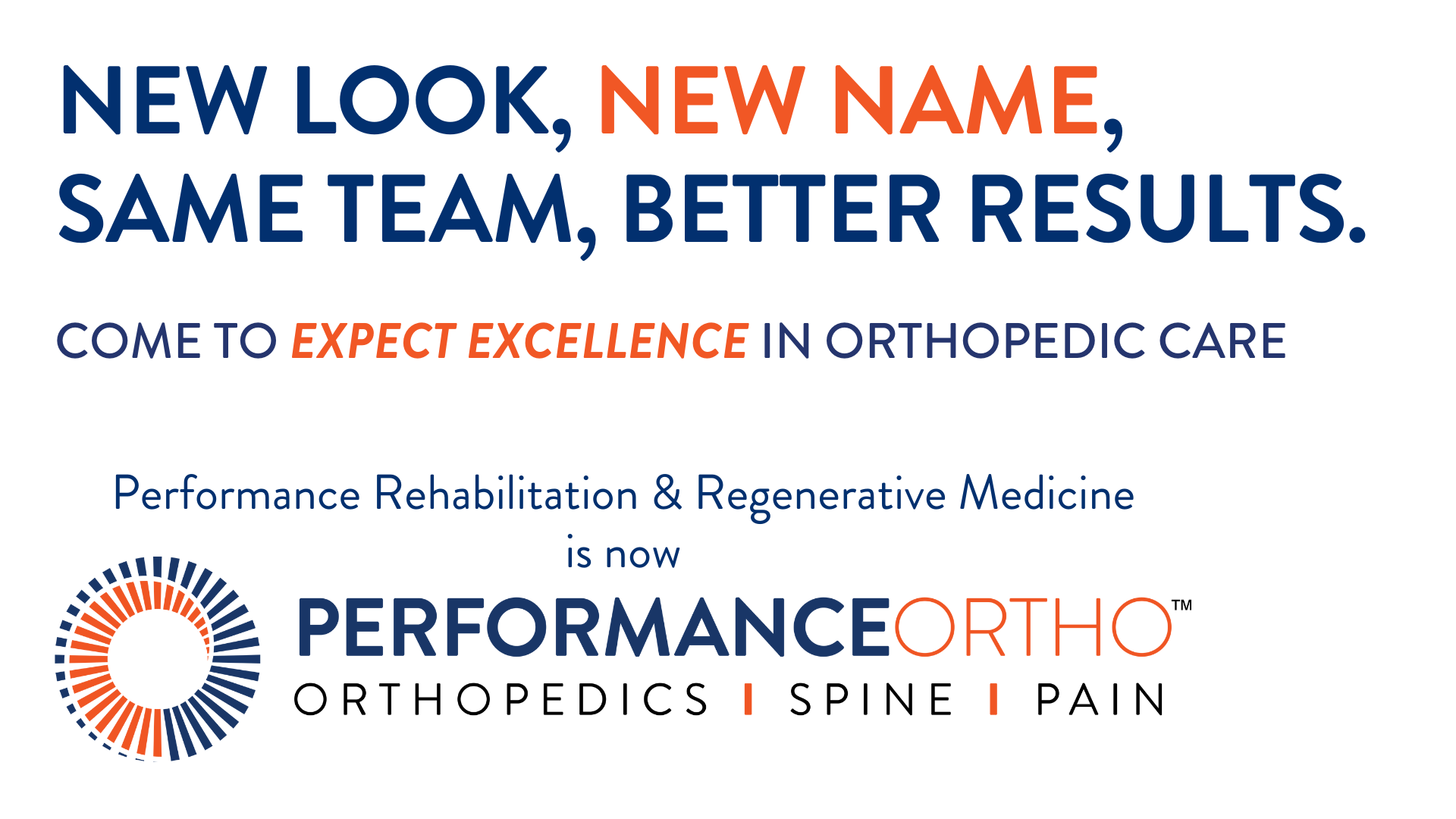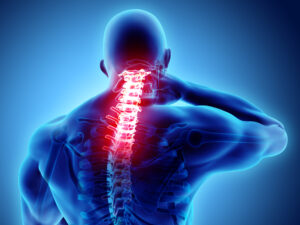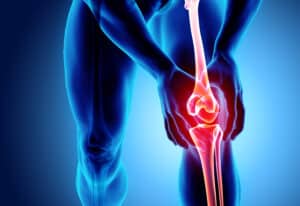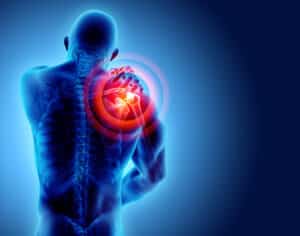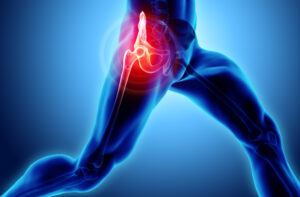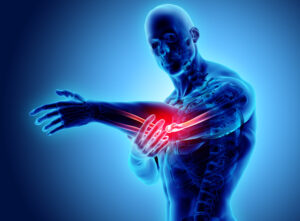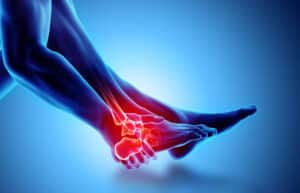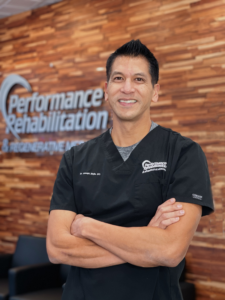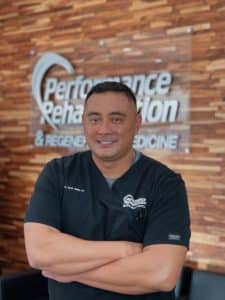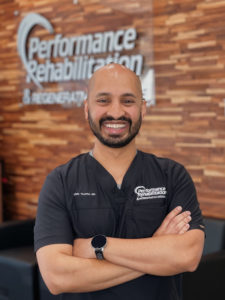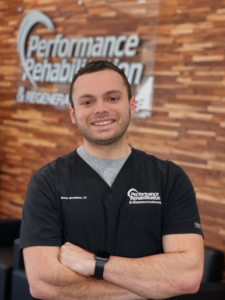Table of Contents
Sports medicine, a crucial field for athletes and active individuals, often deals with a range of injuries from minor sprains to major bone fractures. A team-based orthopedic approach has revolutionized the way these injuries are managed, ensuring comprehensive and effective solutions that cater to the specific needs of each patient.
Understanding Sports Medicine Injuries
Common Injuries in Sports
- Sprains and Strains: Often occur in the ankles, knees, and wrists.
- Fractures: Can be acute or stress fractures, common in high-impact sports.
- Tendon Injuries: Including tendinitis and ruptures, often in shoulders and elbows.
- Knee Injuries: ACL tears, meniscus injuries
- Shoulder Injuries: Rotator cuff tears, dislocations.
The Impact of Sports Injuries
Sports injuries can significantly affect an athlete’s performance and career. They require accurate diagnosis and effective treatment plans for a swift and safe return to the sport. The impact of sports injuries on the body can vary greatly depending on the severity and nature of the injury, the body part affected, and how well the injury is managed and rehabilitated. Long-term effects can range from mild discomfort to significant changes in the body’s function and structure. Here are some common long-term impacts:
- Chronic Pain: Injuries, especially if not properly treated, can lead to chronic pain. This can stem from damaged tissue, nerves, or due to compensatory changes in the body’s mechanics.
- Arthritis: Joint injuries, particularly those involving cartilage or ligament damage, can lead to early-onset arthritis. The wear and tear from an old injury can accelerate the degeneration of joint surfaces.
- Decreased Mobility: Injuries, especially those involving joints, ligaments, and tendons, can reduce the range of motion. Scar tissue formation or muscle shortening post-injury can contribute to this.
- Muscle Weakness and Imbalance: After an injury, muscles may weaken due to disuse or damage. This can lead to imbalances in the body, affecting posture and movement patterns.
- Recurrent Injuries: Once injured, the likelihood of re-injury increases, especially if the initial injury wasn’t completely rehabilitated or if there’s a return to sport without proper conditioning.
- Functional Limitations: Some injuries can lead to long-term functional limitations, affecting daily activities or the ability to engage in sports at the same level as before.
- Proprioceptive Deficits: Injuries, especially to the ankle and knee, can disrupt proprioception – the body’s ability to sense its position in space. This can increase the risk of further injury.
- Vascular or Nerve Damage: Injuries that involve vascular or nerve damage can have long-lasting effects, such as numbness, tingling, or circulatory problems.
- Structural Changes: Severe injuries can lead to permanent structural changes in the body, such as deformities or alignment issues, which can affect overall biomechanics and health.
Proper management, including timely medical intervention, appropriate rehabilitation, and a gradual return to activity, is crucial in minimizing these long-term impacts. A team-based approach at Performance which involves a comprehensive treatment and rehabilitation plan tailored to the individual, can significantly help in mitigating these long-term risks.

The Team-Based Premier Orthopedic Approach: Collaborative Care
A team-based approach involves a multidisciplinary team including orthopedic surgeons, sports medicine doctors, physical therapists, and athletic trainers. This collaboration ensures that all aspects of the injury and recovery are addressed.
Advantages of a Team-Based Approach
- Holistic Assessment: Different perspectives lead to a comprehensive evaluation.
- Customized Treatment Plans: Tailored to the specific needs and goals of each athlete.
- Advanced Techniques: Combines surgical expertise with innovative rehabilitation methods.
- Continuous Support: From injury through recovery, providing motivation and guidance.
- Preventive Strategies: Education on injury prevention and fitness optimization.
The Team
- Orthopedic Surgeons: Specialists in surgical treatments for bone, joint, and muscle conditions. They are trained to perform surgeries like joint replacements, fracture repairs, and arthroscopy.
- Sports Medicine Physicians: Doctors specializing in the prevention, diagnosis, and treatment of injuries related to sports and exercise. They often deal with non-surgical treatment and injury prevention strategies.
- Physiatrists (Rehabilitation Physicians): These doctors specialize in physical medicine and rehabilitation. They focus on enhancing and restoring functional ability and quality of life to those with physical impairments or disabilities.
- Physical Therapists: Healthcare professionals who provide treatments to improve movement, reduce pain, restore function, and prevent disability following injuries.
- Occupational Therapists: They help patients regain or improve their ability to perform daily activities, often focusing on hand and upper extremity injuries.
- Acupuncturists: It can be used for chronic or acute conditions like back pain, neck pain, headaches, sciatica, and tendonitis.
- Athletic Trainers: Certified professionals who work with athletes to prevent, diagnose, and treat sports-related injuries. They often provide immediate care and help in designing conditioning programs.
- Nurse Practitioners and Physician Assistants: These healthcare professionals often work alongside surgeons and physicians, assisting in evaluations, treatments, and sometimes in performing certain procedures.
- Radiologists: Specialists in interpreting medical images (like X-rays, MRIs, and CT scans) which are crucial for accurate diagnosis of orthopedic conditions.
- Orthopedic Nurses: Nurses specialized in caring for patients with musculoskeletal issues. They assist in surgeries, provide post-operative care, and help in rehabilitation.
- Pain Management Specialists: Doctors who focus on managing pain, especially chronic pain, which can be a significant aspect of some orthopedic conditions.
The team-based orthopedic approach at Performance, in Sports Medicine offers a robust framework for dealing with sports injuries. It provides comprehensive, patient-centered care, ensuring athletes receive the best possible treatment and guidance for a successful return to their sport.
By adopting a team-based approach, sports medicine continues to evolve, offering more sophisticated and effective solutions for athletes. This approach not only heals but also empowers athletes, providing them with the knowledge and resources to prevent future injuries and maintain peak performance. Click to call and request a consultation today and get back in the game!


